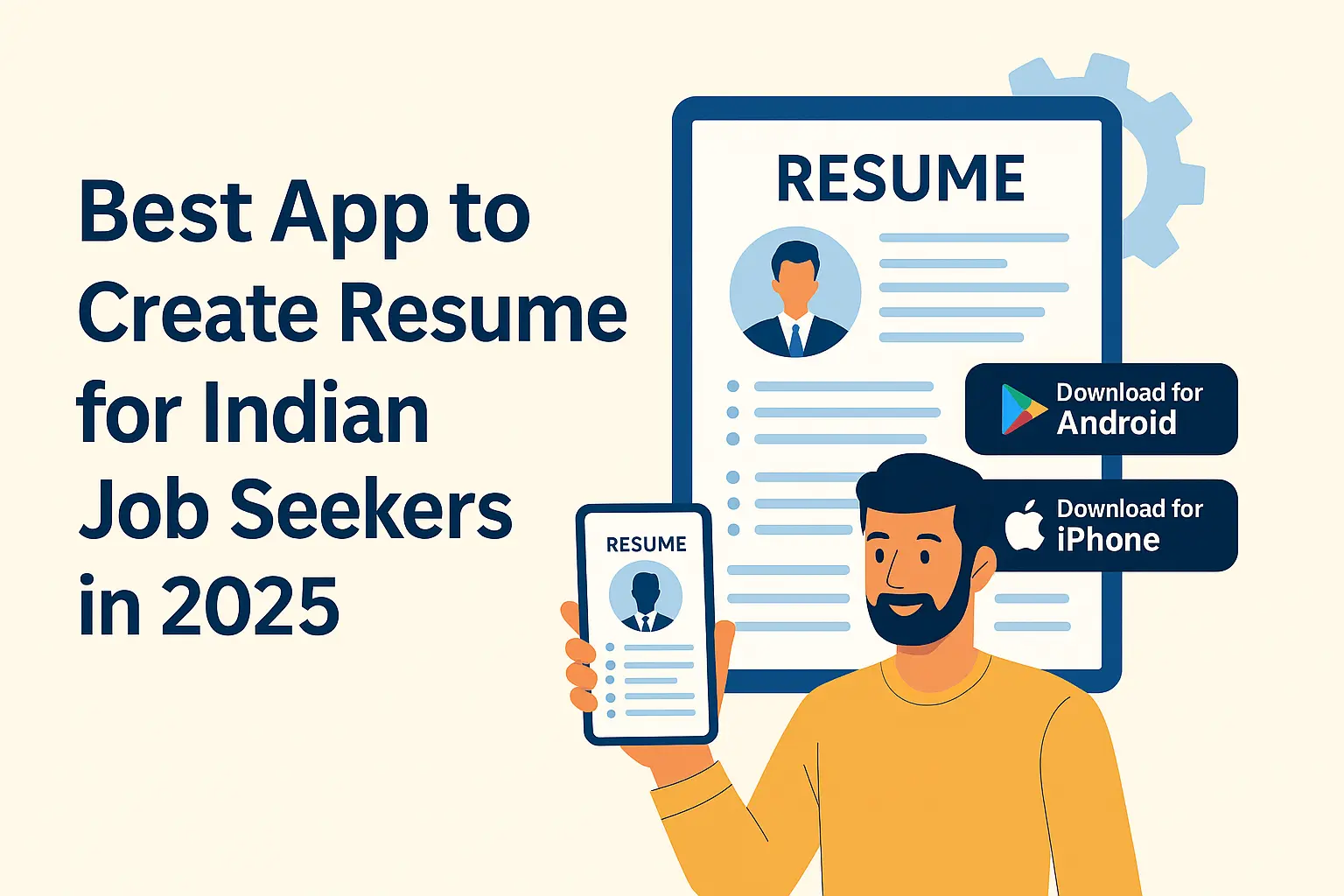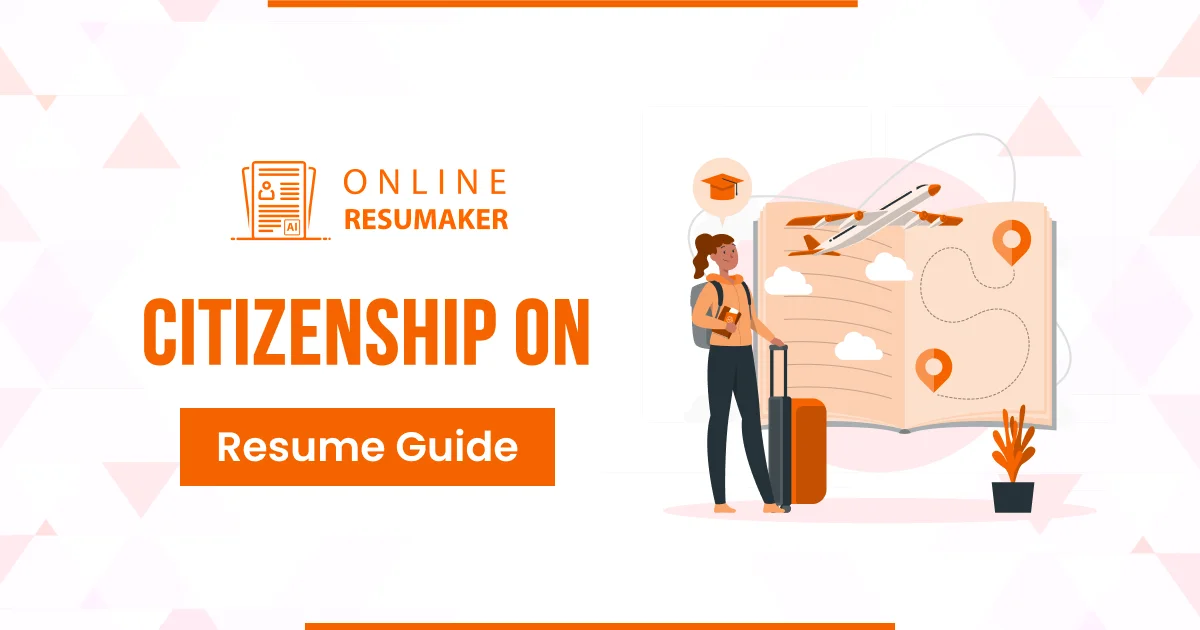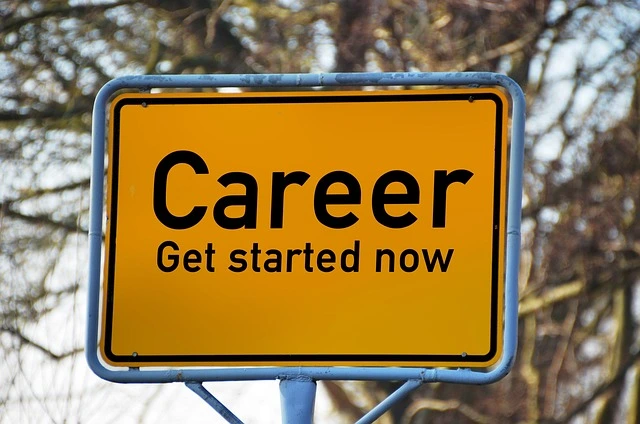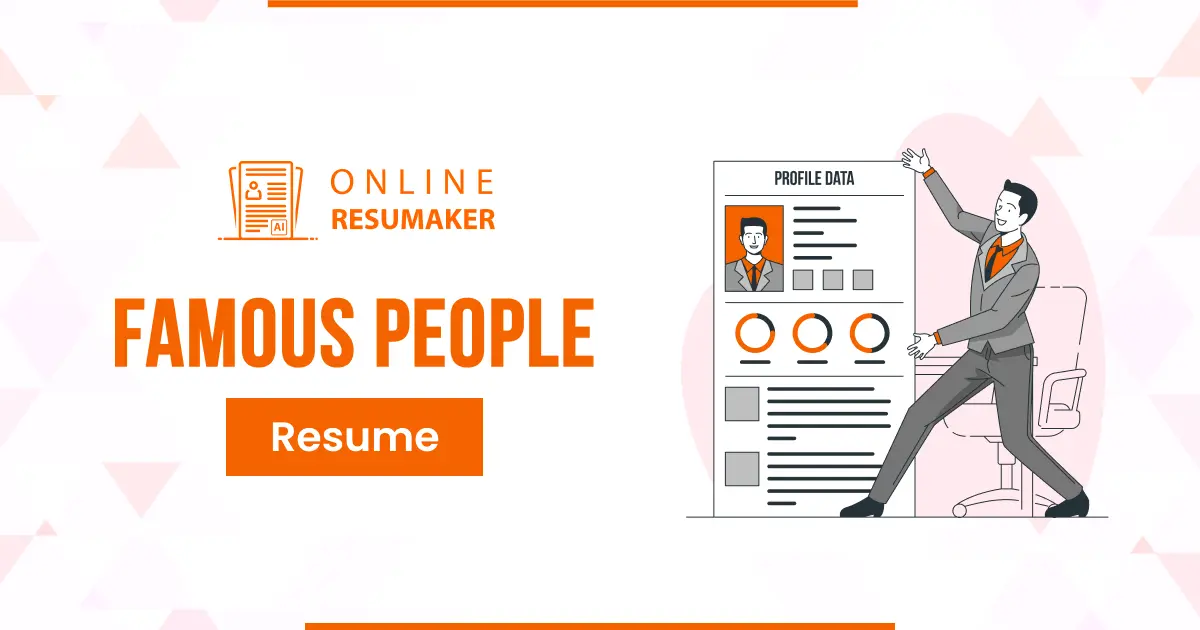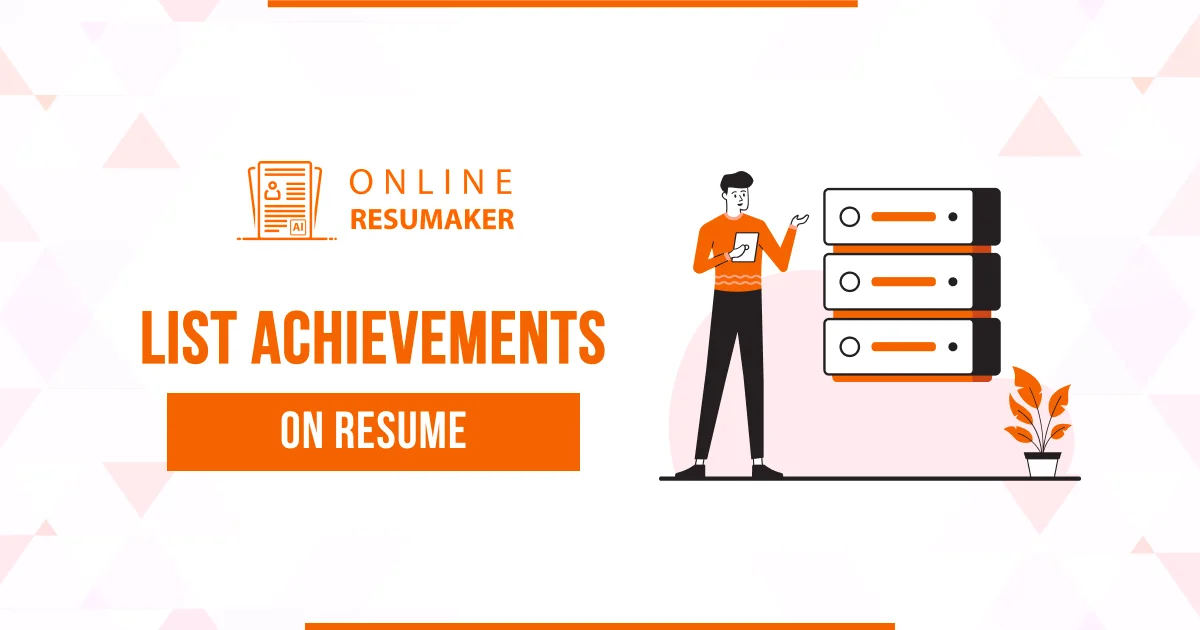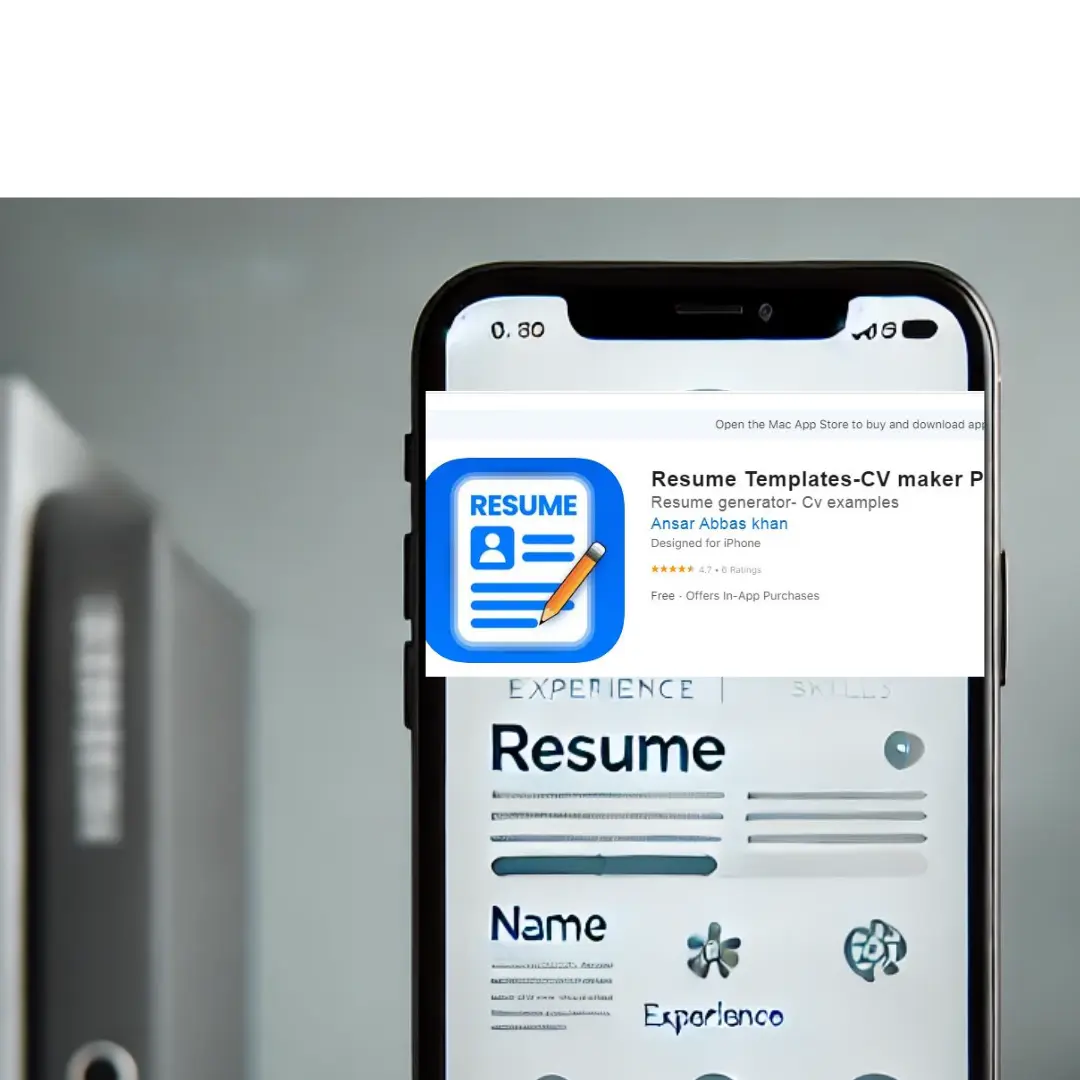
Charles Dickens
Career Expert
2024-01-18 15:54:39
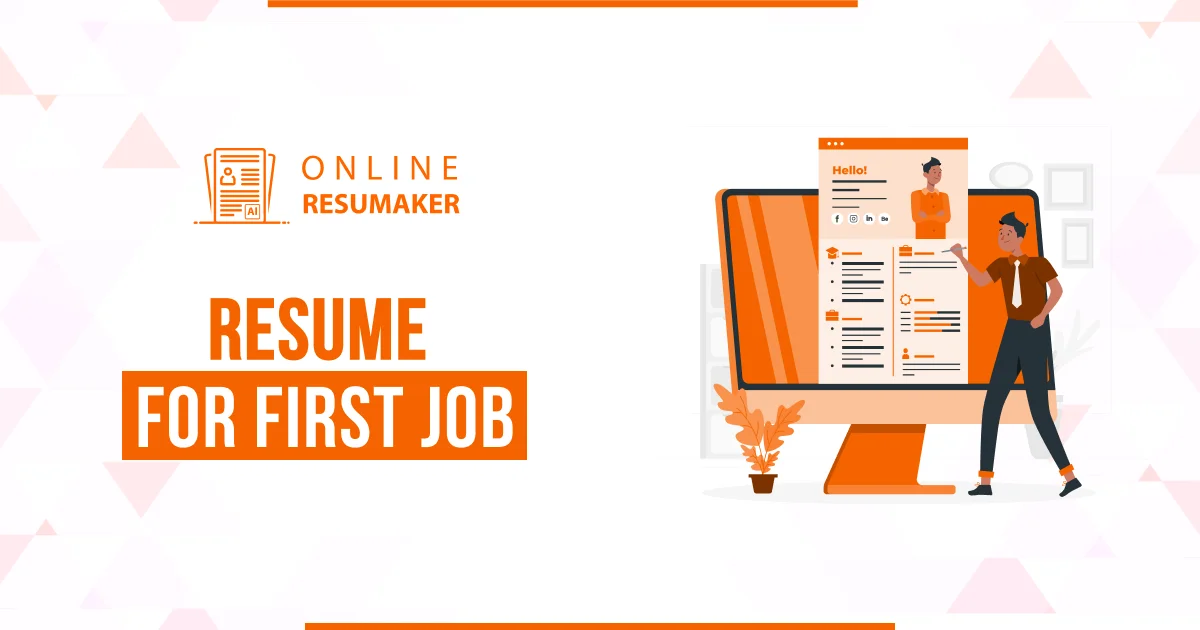
Creating a perfect resume always seems to be challenging for the candidate who is seeking a job. Most Candidates find it difficult to build a resume from scratch especially when creating impactful resume sections that wow employers.
We understand the challenges and we're here to help you unlock that potential and transform it into the skills and expertise that land you your first job.
In this article, we'll seamlessly guide you through the entire journey of creating your first job resume, ensuring a comprehensive and standout document from start to finish.
Let's turn this complex task into a rewarding accomplishment together.
How to Write Your Beginner Guide Resume
Embarking on your resume journey involves creating a document and a positive first impression that seamlessly aligns with your unique personality. Elevate your content and presentation with the following captivating qualities.
The exact process for creating this first-job resume is:
- Select an Appropriate Resume Template
- Ensure Accurate Contact Information
- Incorporate a Well-Created Resume Objective
- Detail Your Educational Background
- Emphasize Relevant Experiences
- Show Your Key Skills
- Consider Optional Sections
- Adhere to the One-Page Rule
- Seek Inspiration from a Sample First-Job Resume
Following our guide, you can confidently create a compelling resume showing your skills, experiences, and qualifications.
1. Optimal First Job Resume Format Selection
Choosing the correct resume format is crucial for your first job application. There are three main formats to consider:
a) Reverse-Chronological Resume:
This resume method is used to write work experiences in reverse chronological order. Job seekers with various work experiences use reverse chronological resumes to highlight their experiences.
b) Functional Resume:
It focuses on skills and qualifications rather than work experience. Job seekers without work experience can use this format to highlight their skills and qualifications.
Functional resumes may suit career changers or recent graduates who have skills and qualifications to mention on their resumes.
c) Combination (Hybrid) Resume:
A combination resume is also called a hybrid resume, which includes both reverse chronological and functional resume formats to highlight skills and work experience.
It is recommended that most job seekers with work experience use the reverse-chronological format. This format is widely accepted and understood by recruiters globally, providing a safer and more familiar option.
Resume Presentation
Select Two-Column Layout: Enhance content density and organization with a two-column resume layout.
Select a Standard Font: Optimal font choices include Times New Roman, Arial, Roboto, Cambria, Georgia, and Garamond for a polished and professional appearance.
Utilize Bullets for Descriptions: Write your skills, achievements, experiences, and projects in bullet points for a concise and readable format.
Maintain a One-Page Limit: Unless you possess extensive experience, adhere to a one-page resume to capture attention efficiently.
For a hassle-free formatting experience, consider using a modern resume builder. With ready-to-use templates, you can effortlessly create a visually appealing resume without spending hours on layout.
Additionally, our resume templates are ATS-friendly and seamlessly navigate applicant tracking systems.
2. Put Your Contact Details
A good approach is to mention complete and accurate personal information so that recruiters have multiple means of contacting you.
Therefore, ensure your resume includes the following essential contact information:
- First and Last Name
- Phone Number
- Location (City and Country)
3. Add an Objective to Your Resume
On Average, recruiters spend an average of 6-7 seconds looking at resumes before deciding if they want to move on. So you need to make an impact and explain why you're the best candidate.
It's a summary of your abilities, success, and professional goals.
If you're a recent graduate or career changer, show off your passion for the industry. It's your chance to convince them you're excited and a good fit, even if you still need to gain tons of experience.
Ensure the objective on your resume is relevant to the role and highlights your abilities in line with the business's goals.
Use specific examples and data to support claims and highlight accomplishments to create a strong impression when a recruiter is looking at resumes.
4. Give a Detailed List of Your Education
List down your education in the following way
- Program Name: (e.g., B.A. in Information Systems)
- University Name: (e.g., University of XYZ)
- Ended Year : (e.g., 05/2017)
- GPA (if notably high)
Honors (if applicable)
Exchange Program (if relevant, like an exchange program in Berlin, Germany)
Your education is a crucial highlight to show your achievements. Boldly state your GPA, especially if it's impressive, and emphasize any awards received.
Dive into the details of your academic accomplishments. Additionally, consider listing specific courses relevant to the job you're applying for, adding depth to your educational background.
5. Spotlight Your Skills
Highlight your relevant skills related to the role in the skills section. Strive for a well-rounded presentation of 6 to 10 skills encompassing hard and soft skills.
Leverage hard skills to show technical expertise in specific software, while soft skills highlight your personality traits, such as leadership.
Align your skills with the employer's needs by revisiting the job description. Some essential skills for your first job pursuit:
- Programming languages
- Software proficiency
- Foreign language skills
- Social media management
- Customer service excellence
- Effective communication
- Decision-making abilities
- Time management
- Teamwork collaboration
- Adaptability
- Organizational skills
Ensure your skill selection resonates with the employer's expectations, creating an impactful resume. Mention your skills by including buzzwords and phrases.
6. Show Your Relevant Experience
If it's your first job, leverage any applicable experience to demonstrate your qualifications. In the experience section, highlight volunteer work and internships that align with the position you're pursuing.
When writing your experience, include the following:
- Job Title
- Dates of the experience
- Name of the organization, group, or activity
Best of luck in creating a standout professional profile.
FAQs
Q1: Does a 17-year-old need a resume?
While it's not mandatory, a resume for a 17-year-old can be beneficial for showing education, skills, and any part-time experiences.
Q2: Can I put age on my resume?
It's generally not recommended to include your age on a resume to avoid potential age-related bias; focus on showing skills, education, and experiences instead.
Q3: Is A CV the same as a resume?
The CV presents a complete history of your academic credentials. In contrast, a resume concisely describes your skills and qualifications for a specific position.
About The Author

Charles Dickens
Career Expert
2024-01-18 15:54:39
Charles is an accomplished resume writer dedicated to shaping impactful career stories. With extensive experience, Charles specializes in unraveling individual professional journeys and highlighting unique strengths to align with specific career goals. Having assisted diverse job seekers across various career stages, Charles emphasizes the transformative impact of a precisely tailored resume.


